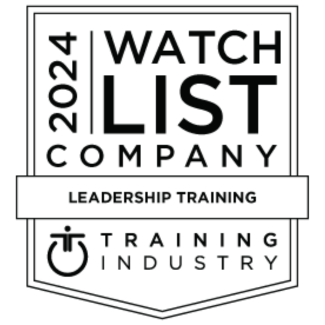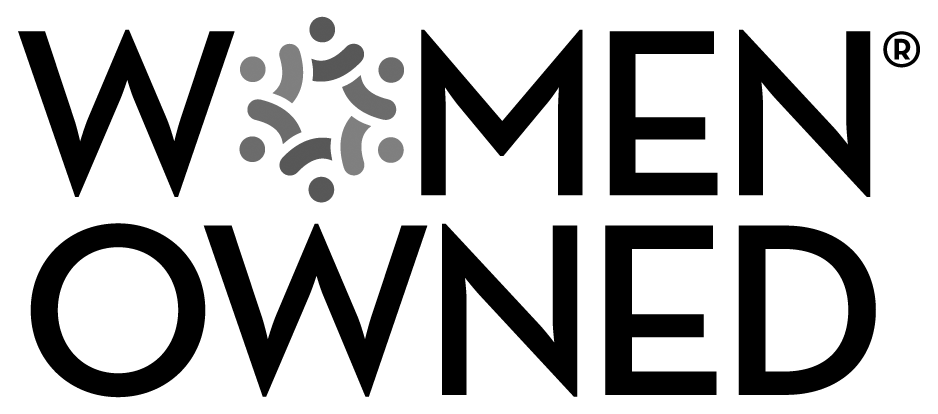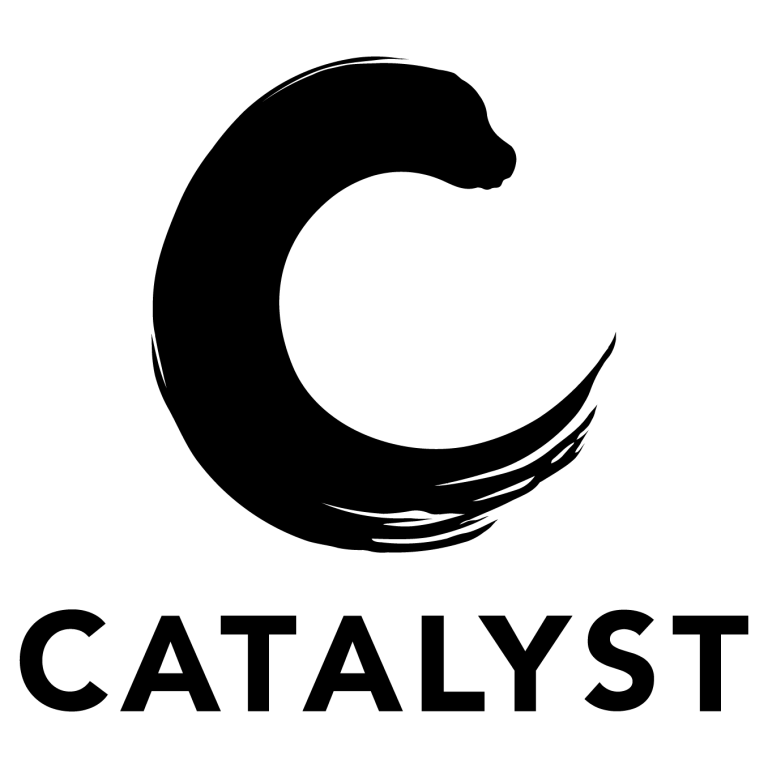With pay cuts and furloughs rampant, work responsibilities increasing and no end to the coronavirus pandemic in sight, stress levels are at an all-time high for many workers. As such, it’s no surprise that over 70% of American professionals report suffering from burnout, citing lack of separation between work and home, unmanageable workloads, and worries over job security.
This is especially true for women who have been disproportionately impacted by the increased pressures of balancing work and home life. One survey conducted by Lean In found that women report spending an average of 71.2 hours a week on household chores and caregiving since the onset of the pandemic, while men report only 51.5 hours – a difference that equates to half a full-time job. In this period of constant change and uncertainty, authentic leadership is critical to supporting burned-out and anxious employees. In fact, according to a study in the Leadership & Organization Development Journal, employees’ perception of authentic leadership serves as the strongest predictor of job satisfaction and can lead to a host of benefits including higher levels of trust, productivity, engagement and innovation.
What is Authentic Leadership?
Many women leaders feel a tension between who they are in their personal life and who they’re expected to be professionally in a leadership role. Trying to embody an identity that isn’t true to yourself in order to conform to organizational norms can leave you feeling physically and mentally exhausted, unmotivated and disengaged.
As a leader, when you feel depleted and are unable to show up as your best self, it has a ripple effect through your entire organization that can leave others feeling uncertain, uncommitted and untrusting – a particularly disastrous consequence in the midst of a crisis where so many are already struggling.
Authentic leadership is the result of combining your personal and professional identities into an integrated whole, allowing you to rise up and adapt to new challenges while still being true to yourself.
This is not only positive for your own growth and wellbeing, but also inspires confidence and passion in those around you, boosts morale, and cultivates a spirit of teamwork and loyalty even when working from afar.
How can you begin practicing authentic leadership? Today we’re sharing 5 tips to get you started:
1. Clarify Your Values
Values are the foundation of authenticity, serving as the compass that guides your actions, decisions and how you show up and lead others. They’re incredibly important, yet many of us never take the time to explicitly define what ours actually are.
Can you articulate your most important values? If not, begin by creating a list of 5 – 10 values that are personally meaningful to you and representative of how you want to lead. You can view a list of common core values here to help you brainstorm.
Here are a few questions to help you uncover what values are most significant to you:
- Reflect on meaningful moments in your life when you felt happy, proud, or fulfilled. What was happening? What values were being honored? You can also reverse this and think about a time when you had a strong negative reaction to someone’s actions. What value was being stepped on?
- What kind of person do you want to be remembered as?
- What character traits do you admire most in others?
Now that you’ve explored your values, ask yourself:
- Are my actions truly representative of what matters most to me or have I defaulted to absorbing the values of my organization, culture, or social circle?
- How am I living out my values both in my own life and within the context of my organization? For example, if one of your core values is learning: What steps are you taking in your own life to continue educating yourself? What learning opportunities do you provide or are you advocating for on behalf of employees in your organization? Do you allow others on your team to share their ideas or methods with you, or do you assume that, as the boss, your method is the best?
When you lead with your values, your authenticity shines through, helping you motivate and inspire others, so don’t underestimate the significance of this step.
2. Re-frame Your Leadership Identity
To continue advancing in your career and realize your true leadership potential, you’ll inevitably be forced out of your comfort zone as you tackle new challenges and responsibilities. When thrown into new circumstances, it’s natural to want to retreat into what is familiar and stick to old habits and patterns of thinking even when they no longer serve you. However, one key element of authentic leadership is not letting who you’ve been keep you from who you’re becoming. Managing this requires identifying the ways in which you are holding yourself back and opening yourself up to new possibilities. Here are a few tips to support you in re-framing your leadership identity:
- Create an empowering story. We all hold personal narratives that dictate how we define ourselves – our strengths, our weaknesses, how we “are”. Take a moment and ask yourself, are the stories you hold about yourself pushing you towards becoming the leader you want to be or holding you back? If not, re-frame your experience to create a new, empowering narrative. For example, one of our HNS Accelerate participants had an inner critic who told her she shouldn’t speak up unless she was absolutely certain she had the right answer. With coaching, she learned to re-frame this message to “The group will benefit from my ideas, even if they aren’t fully vetted.”
- Embrace evolution. While values tend to be (somewhat) fixed, your leadership identity will constantly evolve as you grow and adapt to meet new challenges. Instead of clinging to old ways of thinking and being, view yourself as a perpetual work-in-progress and remain open to possibilities. Give yourself the freedom to experiment and try new things. Trying new strategies or changing your leadership style does not make you inauthentic, so long as you are continuing to lead in alignment with your values.
- Borrow and adapt strategies from leaders you admire. Being authentic doesn’t mean you have to be completely “original” and figure everything out on your own. Identify leaders who you find inspiring and whose leadership style resonates with you and try out some of their strategies. Take note of how you feel and how others around you respond. Repeat this process of borrowing selectively from leaders you admire and continuously modify these habits and strategies until you make them your own.
The bottom line is authenticity doesn’t mean never changing. You can develop a personal style that feels true to you while still adapting to handle new situations and responding to changing needs within your organization.
3. Be Transparent
As a leader, you create unspoken rules about what is and is not acceptable in your workplace. Due to your position and reputation as a high-performer, you may feel pressure to hide your shortcomings or shift blame when you make a mistake to protect your image. However, doing this signals to those in your organization that mistakes will not be tolerated, leaving employees too afraid to ask for help, offer new ideas or venture out of their comfort zones. This ultimately handicaps innovation, creates a more high-stress, toxic work environment, and undermines relationships with and between team members. On the other hand, when you’re transparent about the challenges you face, take responsibility for your mistakes and share the lessons you’ve learned along the way, you not only build trust with your colleagues, but you give them permission to do the same. Employees feel more comfortable openly discussing challenges and owning up to their mistakes, which encourages proactive problem-solving rather than damage control. The more transparent we are about our own process and the more willing we are to let the people around us know what we’re dealing with, learning, and challenged by, the more we let them know who we truly are, give them insight into how we operate, and create an environment around us that is open, authentic, and conducive for individual and collective growth. By creating a culture of open communication, you’re able to get feedback, solve problems more quickly and effectively, and make others feel comfortable taking risks that drive innovation. So leave your ego at the door and let yourself be seen.
4. Ask for Help and Embrace Diverse Perspectives
Requesting help can be perceived as an admission of weakness or an indication that you’re not capable of doing something. However, that couldn’t be further from the truth. Authentic leadership means being willing to admit that you don’t have all of the answers. Asking your team for help is both a sign of strength and an opportunity to empower others in an authentic way. This not only fosters a culture of sharing and collaboration, but also leads to innovative solutions as diverse perspectives break you out of your own limited frame of mind. Additionally, when team members feel that they’ve played an active role in decision-making and that their perspective is valued, they will be more committed to driving forward the organization’s goals.
5. Adopt a People-First Approach
As a leader, you are responsible not only for driving business outcomes, but also – most importantly – for supporting your people and ensuring they are equipped to succeed. There’s a lot more to a person than their job description and when you laser in on business objectives without acknowledging the needs of those who are doing the work, you paradoxically stifle your results. For many individuals, priorities have drastically shifted during this time as the roles they wear outside of work – mom, daughter, provider, etc. – compete for their attention. Authentic leadership means acknowledging what your team is going through with empathy and compassion while also helping them set priorities and focus on key deliverables. It’s taking the time to show genuine concern for your team members’ well being and demonstrating a willingness to be a partner in working through challenges. This people-first approach motivates your team to go above and beyond their job description to contribute to organizational goals.
What “authentic leadership” looks like for you will continuously change as you grow and evolve. To start leading more authentically today, ask yourself, “Where am I currently hiding behind a facade, avoiding vulnerability or not showing up as my true self?” Then, commit to taking one small step to more closely align your actions with your values. It’s leaders like you discovering and embodying their authenticity who will successfully propel us through this pandemic and beyond, so don’t wait to begin this important journey.
Interested in learning how HNS can support your women leaders?
Enjoyed this post? You might also like…










